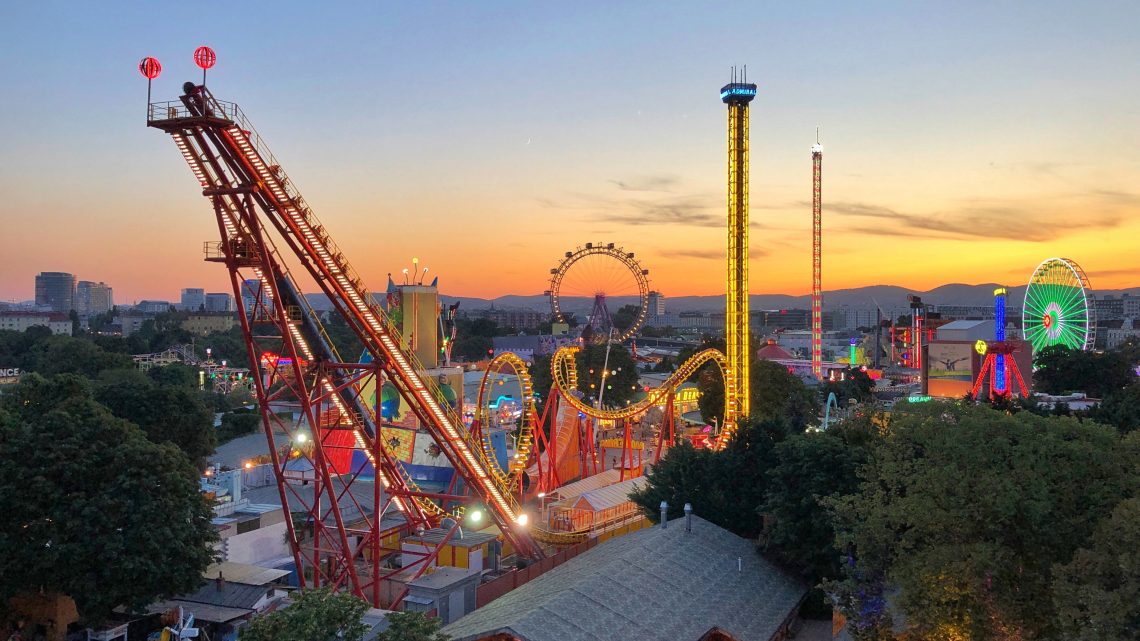Although amusement park fatalities are not common, they can be. On March 24, a 14-year-old boy tragically died after he fell from ICON Park’s drop tower ride in Orlando, Florida. As of Monday, March 29, an accident report stated that the harness on the amusement park ride was in a locked position when the ride stopped. The accident is still under full investigation, and the FreeFall ride in ICON’s amusement park is closed for now.
According to a comprehensive amusement park accident study published by BMW Law Group, there were 1,299 injuries from amusement park accidents in the U.S in 2019. There are also an estimated 4.5 amusement ride-related fatalities that occur every year in.
Who is Responsible for Regulating Amusement Park Rides?
Although there is no federal supervision for amusement parks, there are federal regulations put in place to help keep riders safe. The American Society for Testing Materials (ASTM) is an international organization that assists in the development of standards and guidelines for amusement parks, although the application of the standards is left to each individual state.
For inspections of a permanent amusement park ride in the state of Florida:
(1) Each owner or designee, as specified in subsections 5J-18.014(2) and (3), F.A.C., must indicate that each amusement ride meets the requirements of Section 616.242(11), F.S., and is ready for operation prior to inspection by the department.
(2) For temporary amusement rides, the owner or designee trained on the maintenance, installation, and operation of the ride must be present during installation and inspection by the department.
(3) For a newly installed permanent ride, the owner or designee trained on the maintenance, installation, and operation of the ride must be present during installation and inspection by the department.
(4) For previously permitted permanent rides, the owner or designee trained on the maintenance and operation of the ride must be present during an inspection by the department.
Source: Florida Administrative Code & Florida Administrative Register
Non-exempt rides in Florida amusement parks must also be inspected every year by a qualified inspector or engineer who states that the ride meets state standards. These are just a few of the many regulations enforced by the state of Florida in regard to operating and managing amusement park rides.
Common Injuries Associated with Amusement Park Accidents
Child Injuries
Researchers found in a study by Nationwide Children’s hospital on child injuries that from 1990 to 2010, over 92,000 children under the age of 18 were treated in U.S. emergency departments for amusement ride-related injuries.
| Type of Injury | Percent of Children Injured |
| Soft-Tissue | 29% |
| Head and Neck | 28% |
| Stains and Sprains | 21% |
| Cuts | 20% |
| Broken Bones | 10% |
Other Common Injuries
Other common general injuries from amusement park accidents include:
- Traumatic brain injuries
- Brain aneurysms
- Head, neck, and back injuries,
- Stroke
- Broken bones
- Torn ligaments
- Drowning
- Death
Common Causes of Amusement Park Ride Accidents
- Mechanical Issue: A mechanical failure can refer to an issue with the amusement park ride that causes an accident. This can include:
- Exposed electrical wires
- Broken lap bars or other safety restraints
- Missing safety pins
- Failure to shut off
- Improper Operation of a Ride: Operator behaviors are important to keep riders safe and secure at all times when on a ride. Amusement park ride-related incidents where an operator is mishandling the ride can include unexpectedly stopping the ride and/or improperly securing passengers
- Passenger’s Failure to Follow Directions: It is important that a passenger of the ride listen to the operator in order to prioritize their safety as well as the safety of others around them. Some common negative behaviors from a passenger who fails to follow directions include:
- Leaving or entering the ride prior to the operator’s instructions
- Sitting improperly
- Unlatching safety restraints
- Holding children above the safety restraint
Staying Safe at An Amusement Park
- Listen to the ride operator’s instructions
- Keep your hands, arms, legs, and feet inside the amusement park ride at all times.
- Always use safety equipment including seatbelts and safety harnesses. Make sure they fit right and speak to the operator of the ride if you do not feel comfortable.
- If you notice something that doesn’t look normal on the ride, inform the ride operator right away.




No Comment